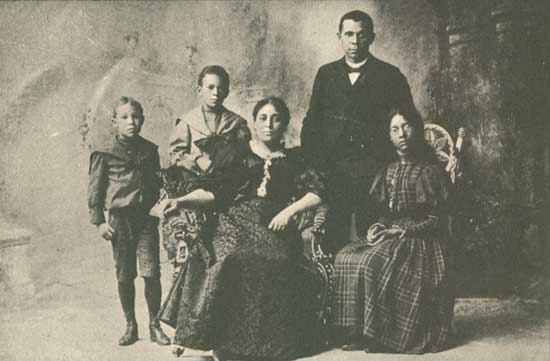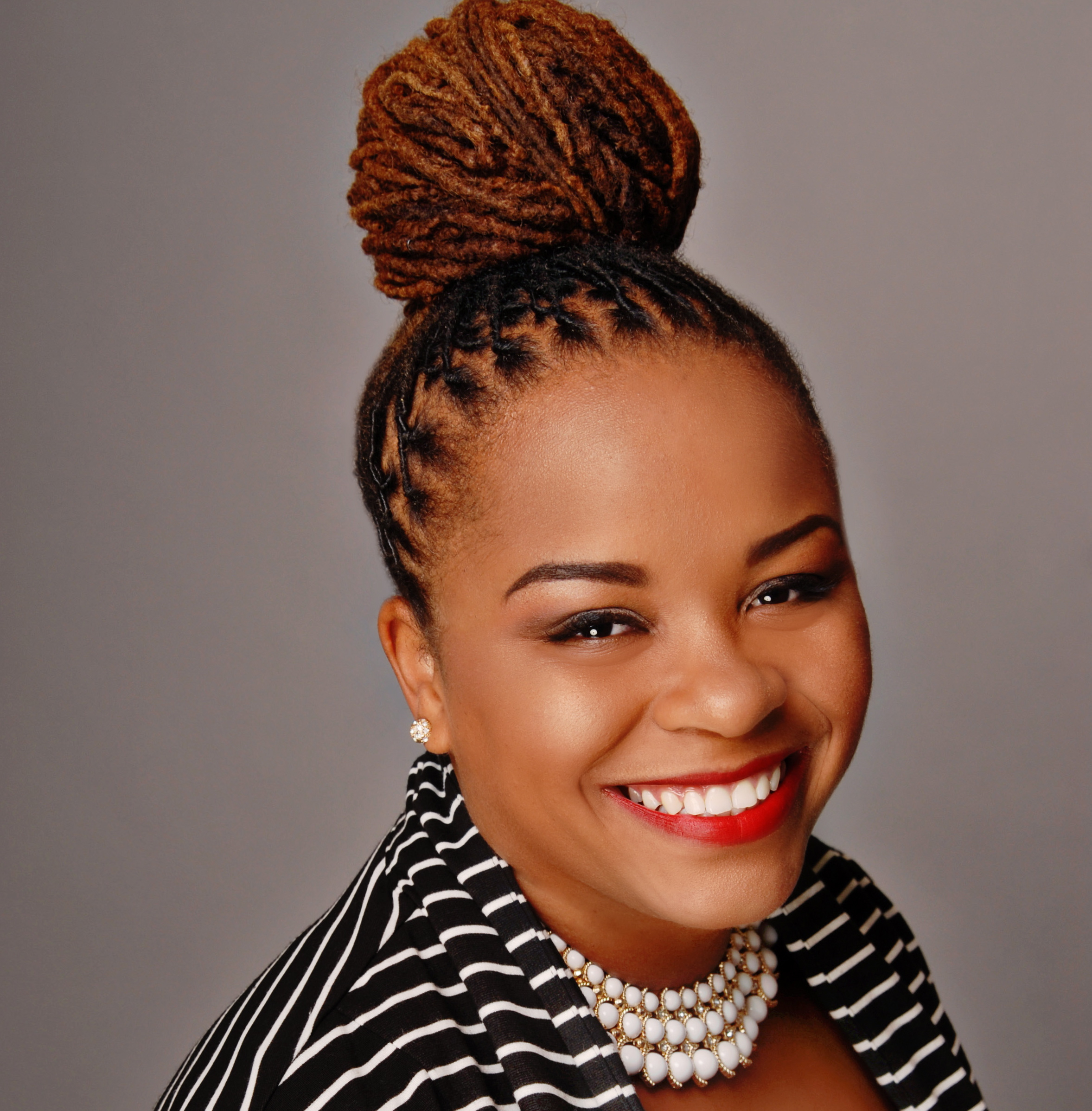– The following Op-Ed appeared in the March 7, 2012 issue of HBCU Digest –
In the more than half century since the publication of W.E.B. Du Bois’ The Souls of Black Folk in 1903, Du Bois’ ideological and pedagogical views have been increasingly pitted against those of Booker T. Washington. In many ways, the struggles between the two men, some real and others imagined, are directly related to their different realities. Du Bois was born free; Washington born a slave. Despite sharing mixed parentage, Washington, although red-haired with grey eyes was unquestionably black; while Du Bois was café au lait. Washington was based in the South, while Du Bois’ research took him across the globe.
For all their perceived differences, Washington and Du Bois did have something, or rather someone, in common. Both men shared a deep and enduring relationship with Margaret James Murray Washington—Du Bois as a Fisk classmate, and Washington as her husband.

The daughter of a slave woman and Irishman, Murray was born in on March 9, 1865, in Macon, Mississippi. As one of ten children born to the sharecroppers, she had been adopted by Quakers before working her way through Fisk as a half-rater from the Fisk preparatory school to be a student in its normal school.
Described by Fisk President Erastus Milo Cravath as “an excellent scholar and good disciplinarian, possessing more than an ordinary degree of energy and executive ability,” Murray served on the staff of the Fisk student newspaper, The Fisk Herald. Her service overlapped with Du Bois’ stint as editor-in-chief during the 1887/8 academic year, and Murray’s work as one of The Herald’s associate editors allowed the two to get to know each other fairly well.
Affectionately called “Maggie” by Du Bois, Murray’s skin tone was too light to be called café au lait. She had a luxurious mass of black hair and a 5’7” figure that had transformed from “the washer-woman’s daughter and country school-teacher to the bourgeois butterfly that Washington beheld” during his visit to the Fisk campus in the June of 1889 as commencement speaker.
A model student, Murray hoped that her broad liberal arts training would secure a teaching post, much like Du Bois and countless other Fisk students had done before her. Meanwhile, Washington had kept a near-constant bedside vigil for his second wife Olivia since she suffered smoke inhalation during a February 1889 fire. Her death just one month before his Fisk visit had left Washington reeling, his financial affairs in disarray and his three children motherless.
Washington probably did not know that hiring Murray as an English instructor at Tuskegee in the fall of 1889 would change the trajectory of his life. Still, her work must have been well-respected by Washington, who promoted Murray to the position of Tuskegee’s Lady Principal in April 1890, within a year of her arrival to the campus. As Washington’s travels increasing took him away from the campus, he grew more and more dependent on Murray’s leadership and loyalty.
Their letters trace the gradual transformation in their relationship from that of colleagues to one of courtship. They were married October 12, 1893. In addition to the mostly unromantic nature of their correspondence, the practical benefits of the union have led some historians to question the motives for their marriage. Washington biographer Louis R. Harlan concluded that the death of his second wife had left Booker T. unwilling to face that kind of heartache again. Washington’s third and final marriage to Margaret Murray, Harlan asserted would be little, if anything, more than a “bourgeois marriage contract, for the sake of a stable home life for his children as much as for himself.”

Even if there is some truth in this, it is not the whole truth. Admittedly, Murray Washington was not remotely as demonstrative as Washington’s previous wife; but neither was Booker T. The conclusion that their less than idealistic courtship signaled a merely pragmatic marriage is, therefore, an easy one to make. However, these contentions do not take into consideration the magnanimous personality of the third Mrs. Washington.
As the wife of the nation’s most prominent black spokesman, Murray Washington was more than merely Booker T.’s wife, his children’s surrogate mother or even his partner in the building of Tuskegee, and in life. Possessing a “ready wit” she was not only “straight-laced and vigorous,” she was also straight-forward. During their courtship and their marriage, Murray Washington did not hesitate to challenge Booker T. She demanded that he follow her advice on campus matters when he was away. Even more than that, she dared him to be a more attentive father, demonstrating her value as his equal, rather than the sheer utility of a marriage of convenience.
As one researcher pointedly observed, not only would a “prudent widower seeking a safe and conventional wife to care for his children would not choose a sharp-tongued and volatile woman… there are hints in the record that Washington found the blunt and occasionally light-hearted and frivolous approach of his fiancée refreshing.”
 Over the twenty-five year span of their marriage which lasted until Booker T.’s death in 1915, Margaret Murray Washington was an indispensable partner in her husband’s work at Tuskegee. In addition to contributing to his written works and speech composition, she helped to direct the development of Tuskegee into a successful model of black industrial education. Her women’s club work had led to the founding of the Tuskegee’s Woman’s Club and the National Association of Colored Women, for which she served as president.
Over the twenty-five year span of their marriage which lasted until Booker T.’s death in 1915, Margaret Murray Washington was an indispensable partner in her husband’s work at Tuskegee. In addition to contributing to his written works and speech composition, she helped to direct the development of Tuskegee into a successful model of black industrial education. Her women’s club work had led to the founding of the Tuskegee’s Woman’s Club and the National Association of Colored Women, for which she served as president.
The transformation of Tuskegee from a meager county school into black America’s most powerful early twentieth century “machine” was not merely due to the pedagogy and teachers he imported from his alma mater, Hampton, but also to the successful liberal arts education of Tuskegee administrators and teachers such as his wife and Fisk alumna Murray Washington.
She died on June 26, 1925 at “The Oaks” and is buried at the university cemetery, adjacent to her husband.












